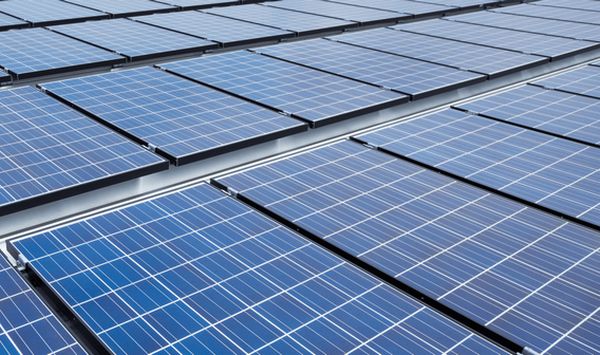A report by EIA US found that between November 2020 and November 2021, electricity prices rose 6.1% for the residential sector and 7.6% for the commercial sector. The monetary impact of this inflation can be minimized or even avoided altogether if homeowners and businesses start generating their own electricity. To make this happen, the best way is with solar panels.
But due to the limitations of building roofs, the efficient use of solar panels along with their installation plays a key role in minimizing electricity bills. This can be achieved by assessment and design by a professional solar. An efficient layout can result in lower installation costs, which in turn will mean shorter payback periods and higher ROI for building owners.
Two buildings using the same number of solar panels can achieve different savings if the roof space is used more efficiently. To do this, the following are the main factors to consider when designing a commercial solar array layout.
Avoid Shadows: Priority #1
We all know that the electrical output of a solar panel depends on how much sunlight reaches the surface of the panel. While this may seem simple and obvious, it is not only that. The position of the sun is constantly changing, it could be because of the current hour but also because of the season. Because of this, the same part of the roof can be very bright or completely shaded, depending on when you look at it.
This is where solar engineers play an important role. They use design software that simulates sunlight and shade throughout the year. This allows them to identify the best areas to install solar panels.
Flat Commercial Roofs Allow for Simpler Solar Installations
The type of rack system required to install solar panels depends on the roof material and slope. For commercial buildings with flat roofs, ballast racking systems are used which use a heavy base to hold the solar panels in place. On the other hand, for sloping roofs, holes need to be drilled to attach the panels to the mechanical supports.
For commercial buildings with flat and sloping roofs, flat areas can be prioritized to make the layout layout and installation simpler. Simpler maintenance is another benefit of flat roofs as they can be inspected without having to walk on steep or sloping surfaces.
Leave Enough Space for Other Mechanical Equipment
Generally, roofs contain mechanical equipment such as cooling towers and roof vents, which require regular maintenance. Keep in mind that inspection professionals need to bring tools for maintenance, solar panels must not get in the way to avoid damage.
Speaking of maintenance, solar panels also need maintenance. The efficient solar array layout allows sufficient space for maintenance to be carried out. Fortunately, solar panels are not as demanding of other power generation systems.
Large Solar Panel Saves Braking and Labor
Solar panels come in a variety of sizes, but the most common are 60 cell and 72 cell modules. Specifications and dimensions may vary by manufacturer, but 60 cell and 72 cell modules are the same width. A 72 cell solar panel is about 20% higher.
Many solar power brands have started using half cells in much more efficient designs. Instead of the normal 60 cells or 72 cells, they have 120 half cells or 144 half cells.
Generally, 72 cell or 144 half cell solar panels save on installation costs for the following 2 main reasons:
- Since they are the same width as a 60 cell solar panel, the number of racks required per panel remains the same.
- Also, the number of cells is higher which optimizes racking and labor costs.
Expansion and Renovation Plans Should Be Considered
High quality solar panels have a service life of 25 years or more. However, there may be cases where the roof needs to be modified. In such a case you will be forced to relocate the solar panels. This carries additional costs. To avoid these expenses, choosing a roof space that will not be renovated or modified is the best option.








